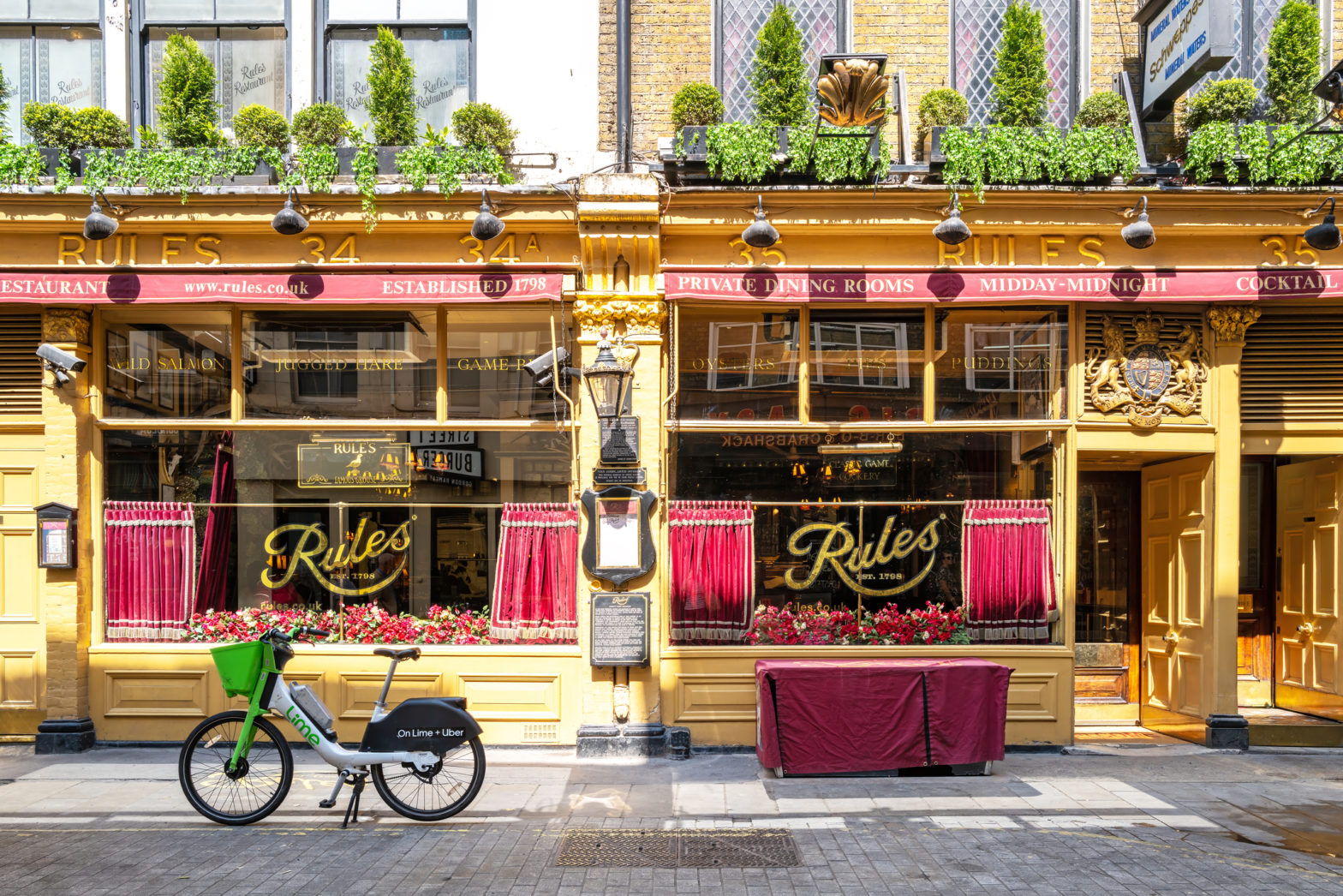
Unused business space targeted for shared e-bike parking bays
24 September 2025
by William Thorpe
Lime has launched a new scheme inviting London businesses to convert under-used outdoor areas into parking hubs for staff and customers, with installation and maintenance costs covered by the operator.
The approach is designed to expand e-bike parking capacity beyond public land and reduce pressure on city streets.
Since January, Lime said it has created more than 930 new e-bike parking bays in London in partnership with borough councils and Transport for London (TfL). The operator said the 40 percent increase has contributed to a 59 percent reduction in overcrowding at existing locations compared with the same period in 2024, and that the company now supports more than 3,250 bays across the city.

“We’re excited about the opportunity for London businesses to join us in supporting a more sustainable future for the city by helping unlock more parking bays,” Hal Stevenson, Lime’s Director of Policy, UK & Ireland, told Cities Today. “When organisations get in touch, we’ll review the space and if approved by the team, we will cover all the costs, including design, installation, and ongoing maintenance.”
Alongside creating new bays, the operator is testing digital tools to manage rider behaviour. Artificial intelligence systems now provide live feedback when trips end, helping riders to park correctly and avoid blocking pavements.
A new in-app incentive feature is also being piloted. Bikes left in overcrowded or unsuitable locations are marked with a purple diamond in the app, and riders who start a journey on them receive free minutes.
The aim is to combine user rewards with operational efficiency, using the rider community to redistribute bikes and improve overall parking conditions. Stevenson added that early feedback has been positive, and the approach is being closely monitored to assess its potential for scaling.
The invitation to businesses reflects a broader shift in thinking about micromobility infrastructure. By involving employers and retailers in hosting bike parking, Lime said capacity can grow more quickly in high-demand areas such as offices, shopping centres, and transport interchanges.
“Working with our partner councils as well as exploring new technology will remain a key focus for us,” said Stevenson. “We already have more bays lined up for installation so are excited to see what we can achieve by the end of the year.”
The cost-free model for participating organisations is intended to lower barriers and provide a straightforward way to support sustainable commuting. For cities, this could reduce the burden on local authorities while encouraging more integrated approaches between the public and private sectors.
Cycling demand in London continues to rise sharply. The City of London Corporation has reported that bike journeys now outnumber car trips in the Square Mile, while Transport for London estimates 1.33 million daily cycle journeys across the capital in 2024. Shared e-bikes have been a major driver of this growth, with trips quadrupling since 2022.
The mayor’s transport strategy aims to deliver 40,000 new cycle parking spaces and increase daily cycling by one-third by 2030 compared with 2022.
Stevenson added: “Currently this initiative is focused in London, where we recognise the need to create more parking space to keep up with increasing demand and usage of e-bikes across the city. We look forward to growing our parking infrastructure by working in partnership with boroughs and businesses to meet our goals.”
Image: Rixie | Dreamstime.com









